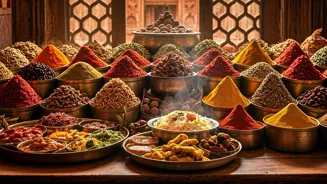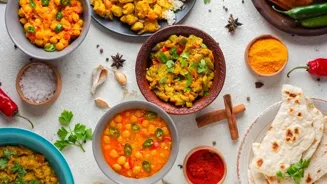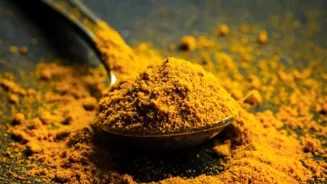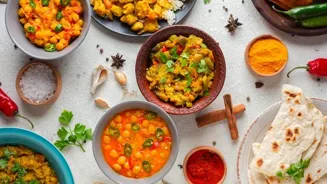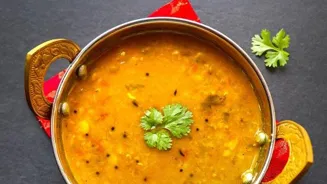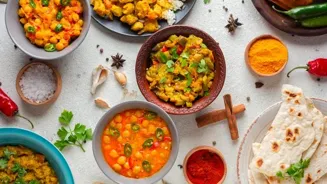Discover the essence of Indian cuisine: Fresh Ingredients - The Heart of Authentic Flavors. Uncover the secret to truly delicious meals
We Indians, we take our food seriously, hai na? From the snow-capped
mountains of Kashmir to the sunny beaches of Kerala, every region boasts a unique culinary heritage, a vibrant tapestry woven with spices, techniques, and of course, the freshest ingredients.
But in this day and age of instant noodles and ready-to-eat meals, are we losing touch with the very essence of what makes Indian food so special? Is it just the spices, or does something more contribute to the flavour?
Let’s dive deep into why fresh ingredients are not just important, but absolutely crucial, for creating authentic and truly delicious Indian fare.
Indian cuisine celebrates fresh, local ingredients as the essence of tradition
A culinary journey across India reveals one common thread: a deep respect for ingredients sourced locally and used at their peak of freshness. Think about it. That sarson ka saag from Punjab just wouldn’t taste the same if the mustard greens weren't freshly harvested.
Or that dosa in Tamil Nadu, made with batter fermented from scratch using locally grown rice and lentils. The taste, the aroma, the very soul of these dishes is inextricably linked to the freshness of their ingredients. This commitment to freshness isn't just about taste; it's about tradition.
Grandmothers and mothers across the country have always emphasized the importance of using what’s available seasonally and locally.
Whether it's the first mangoes of summer, the fragrant jasmine flowers used in certain desserts, or the winter harvest of root vegetables, Indian cuisine celebrates the bounty of nature in its purest form.
Fresh, natural ingredients enhance flavor, texture, and aroma in dishes
But what exactly is the difference, you ask? Why bother trekking to the local market when you can grab pre-packaged stuff from the supermarket? Well, the answer lies in the science of flavour. Freshly harvested vegetables and fruits retain their natural sugars, vitamins, and enzymes.
These elements contribute not only to the taste but also to the texture and aroma of the dish. Think of a ripe tomato, bursting with sweetness and acidity, versus a pale, flavourless one that’s been sitting on a shelf for days. The difference is palpable. Spices, too, are best when freshly ground.
The volatile oils, which give spices their aroma and flavour, dissipate over time. A freshly ground cardamom pod releases an explosion of fragrance that pre-ground cardamom simply can't match.
And of course, pulses and grains like lentils and rice, the staples of the Indian diet, are more nutritious and flavourful when they are newly harvested and properly stored.
India's rich spice culture emphasizes using whole spices for maximum flavor
Speaking of spices, India is known as the "Land of Spices" for a good reason. From the fiery chillies of Andhra Pradesh to the aromatic cardamom of Kerala, spices are the backbone of Indian cooking. But simply adding a pinch of turmeric here or a dash of cumin there isn’t enough.
The key is to use whole spices whenever possible and grind them fresh just before cooking. This releases the essential oils and maximizes their flavour potency. Consider making your own garam masala, the quintessential Indian spice blend.
You’ll be amazed at the difference in aroma and taste compared to store-bought versions. Experiment with roasting the spices lightly before grinding them to further enhance their flavour.
Also, remember the tadka, that magical tempering of spices in hot oil that adds a burst of flavour to so many Indian dishes. Using fresh curry leaves, mustard seeds, and asafoetida in your tadka will elevate your cooking to a whole new level.
Herbs elevate Indian dishes with freshness and vibrancy
Don't underestimate the power of herbs! Coriander, mint, and fenugreek leaves are commonly used in Indian cooking to add freshness and vibrancy to dishes. Think of a sprinkle of fresh coriander on top of a dal, or a cooling mint chutney served with samosas.
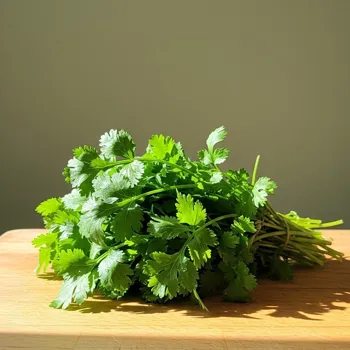
These simple additions can transform a dish from ordinary to extraordinary. Grow your own herbs if you can. Even a small pot on your windowsill can provide you with a constant supply of fresh flavour. Learn to identify the different types of herbs and how to use them.
Some herbs are best added at the beginning of cooking, while others are best added at the end to preserve their flavour and aroma. And don't be afraid to experiment! Try adding different herbs to your favourite recipes to create new and exciting flavour combinations.
Importance of quality dal and rice in Indian cooking
Now, let's talk about dal and rice, often the unsung heroes of the Indian meal. While they may seem simple, the quality of the lentils and rice you use can make a huge difference. Look for locally grown, unpolished varieties of rice whenever possible.
They retain more of their nutrients and have a more complex flavour. When it comes to dal, soak the lentils for at least 30 minutes before cooking to reduce cooking time and improve digestibility. Try different varieties of lentils to discover your favorites.
Each type of lentil has its own unique flavour and texture. And of course, don't forget the importance of proper cooking techniques. Whether you're making a simple masoor dal or a rich dal makhani, follow the recipe carefully and pay attention to the details.
Use good quality ghee or oil, and don't be afraid to experiment with different spices and herbs.
Support local markets for fresh ingredients; grow your own too
Of course, sourcing fresh ingredients can sometimes be a challenge, especially in urban areas. But there are ways to overcome this hurdle. Support your local farmers' markets. Not only will you find the freshest produce there, but you'll also be supporting local businesses.
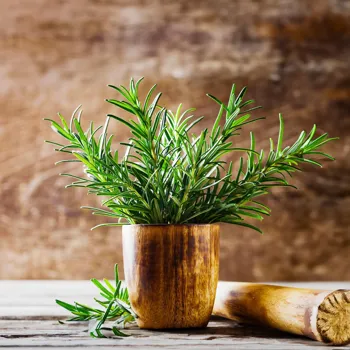
Look for stores that specialize in Indian groceries. They often carry a wider variety of fresh spices and herbs than mainstream supermarkets. If you have the space, consider growing some of your own vegetables and herbs.
Even a small balcony garden can provide you with a surprising amount of fresh produce; so what are you waiting for? Get out there and explore the world of fresh, local ingredients. Your taste buds will thank you for it. Happy cooking, and remember that freshness is key!

